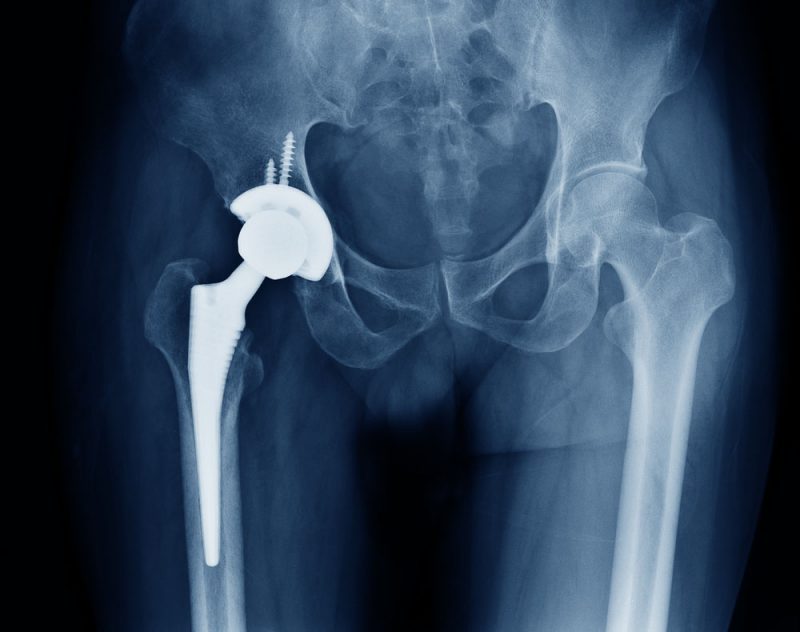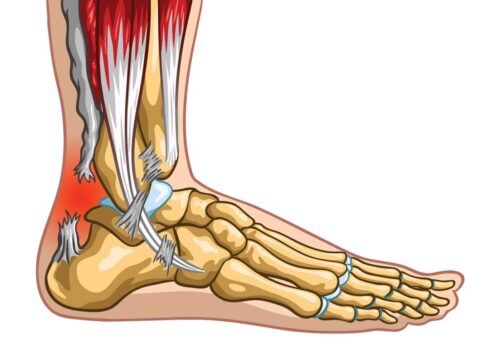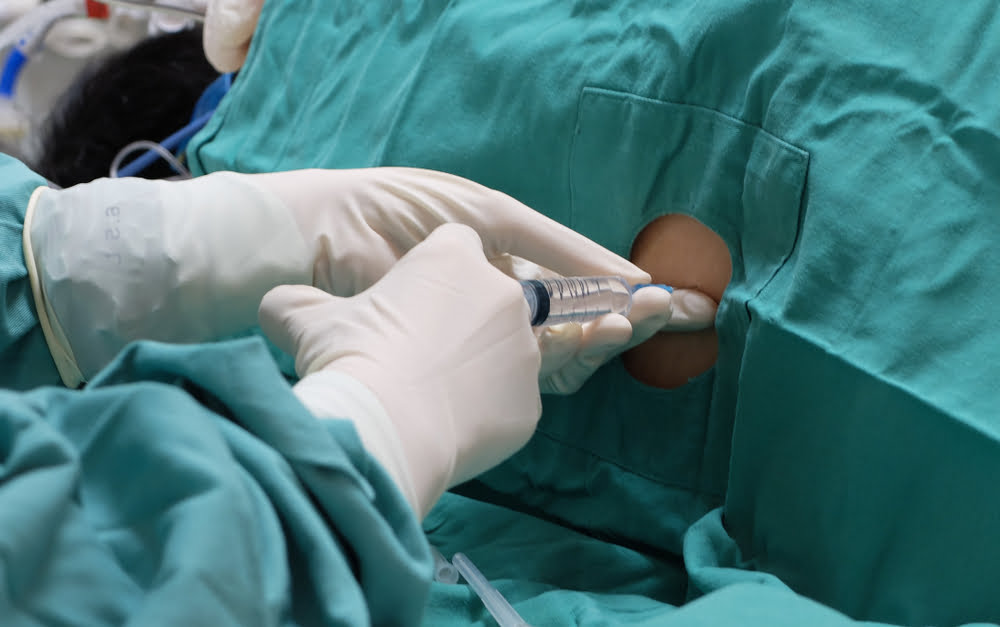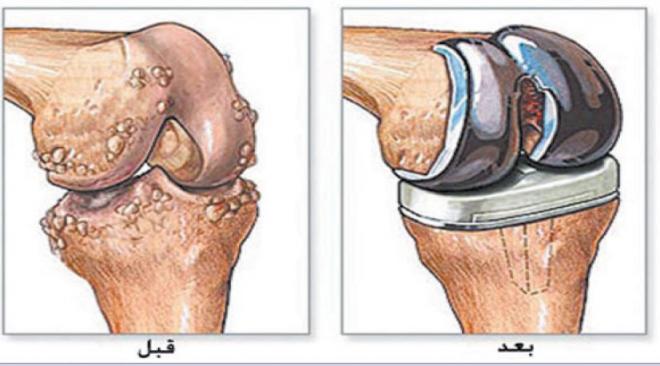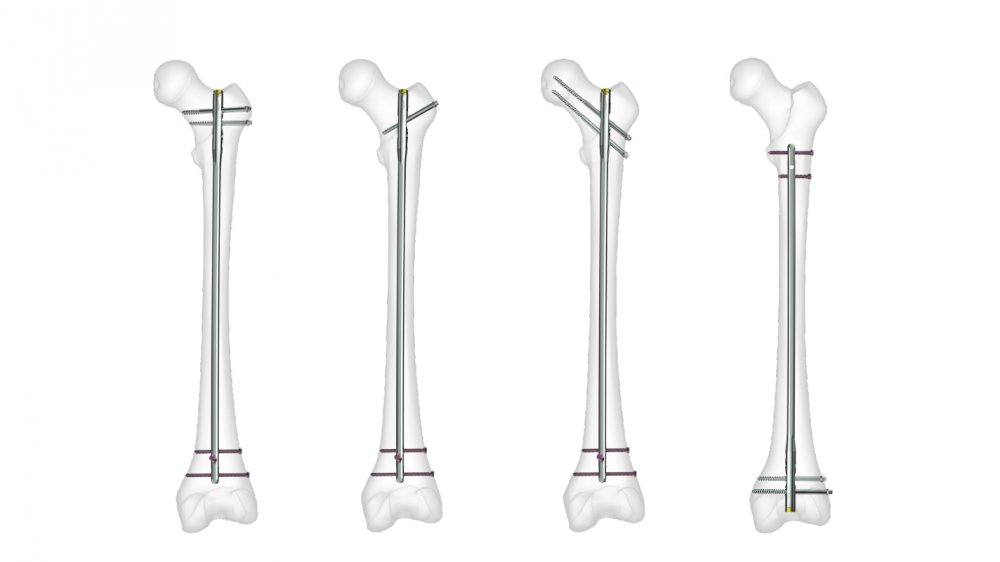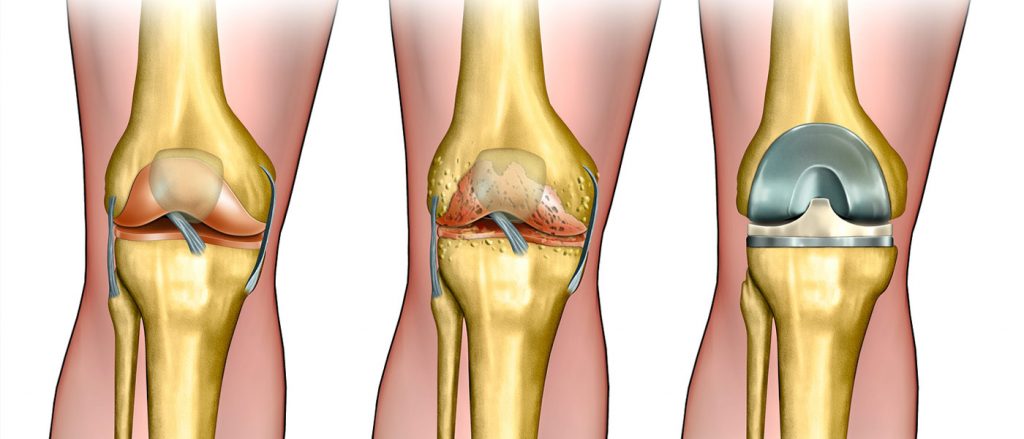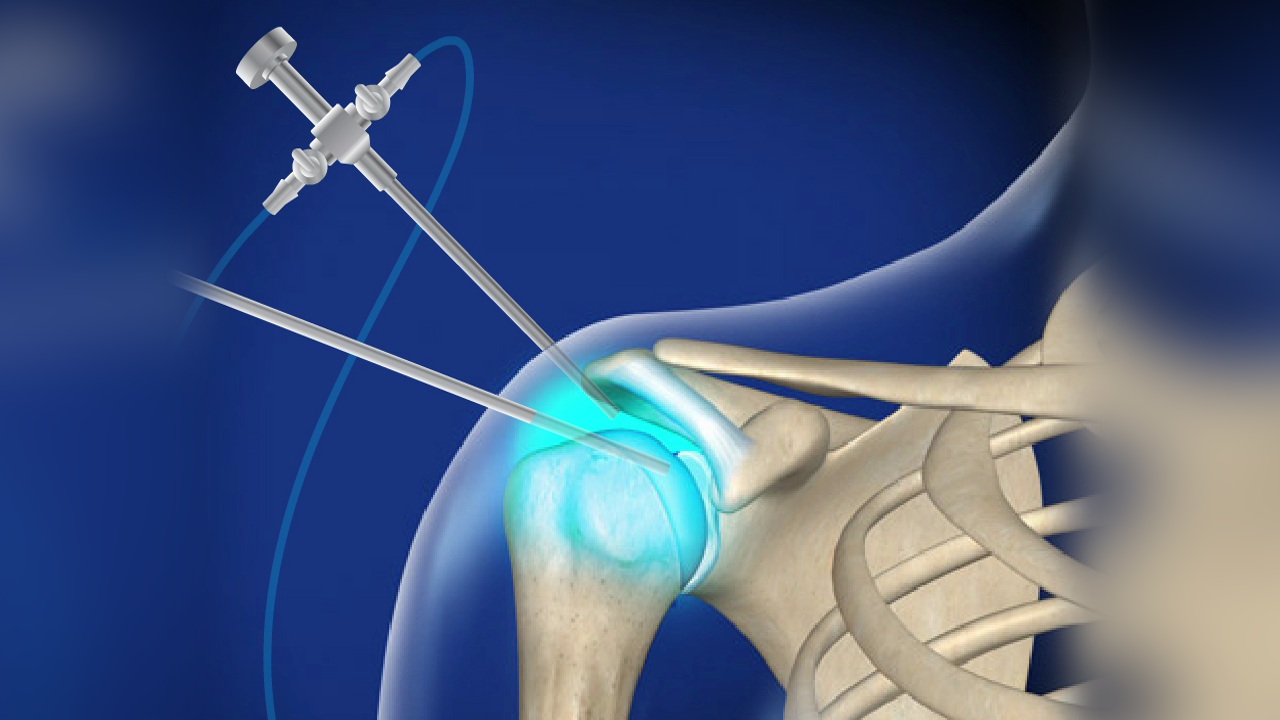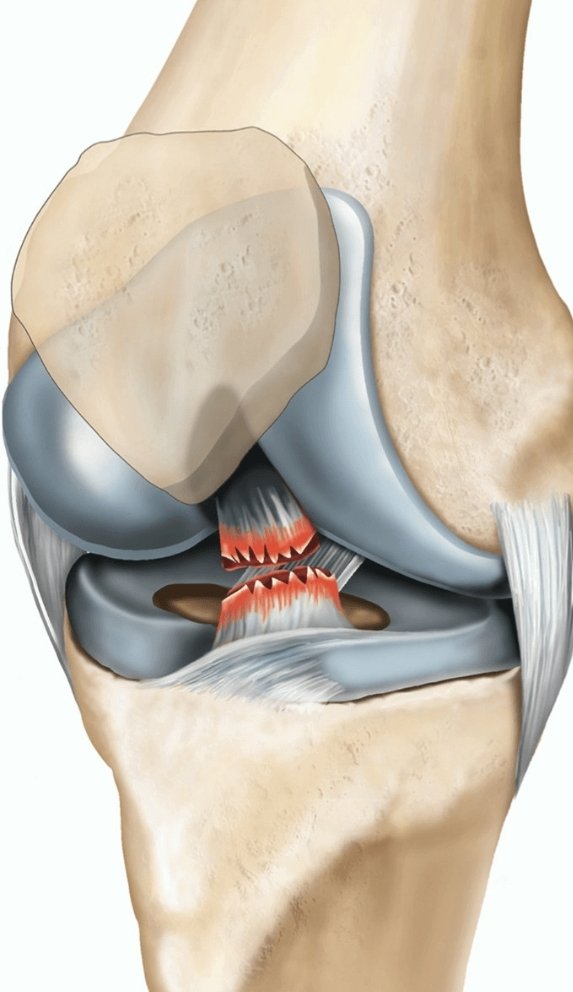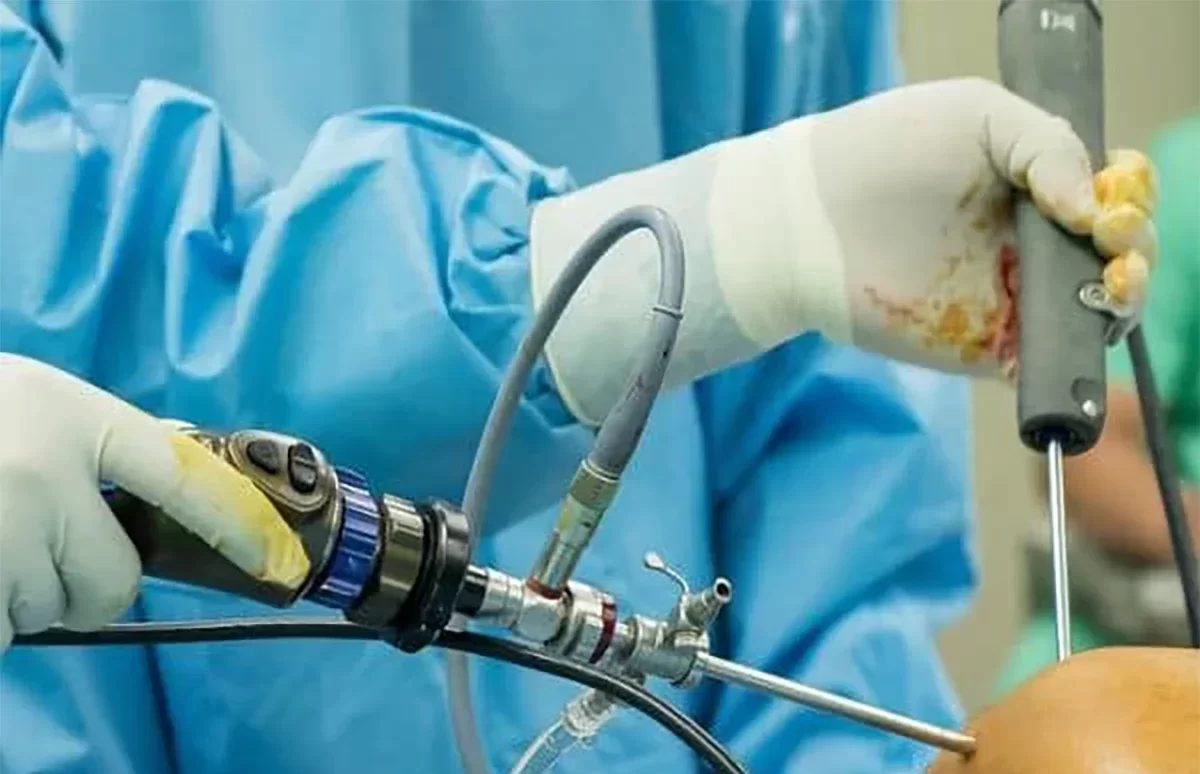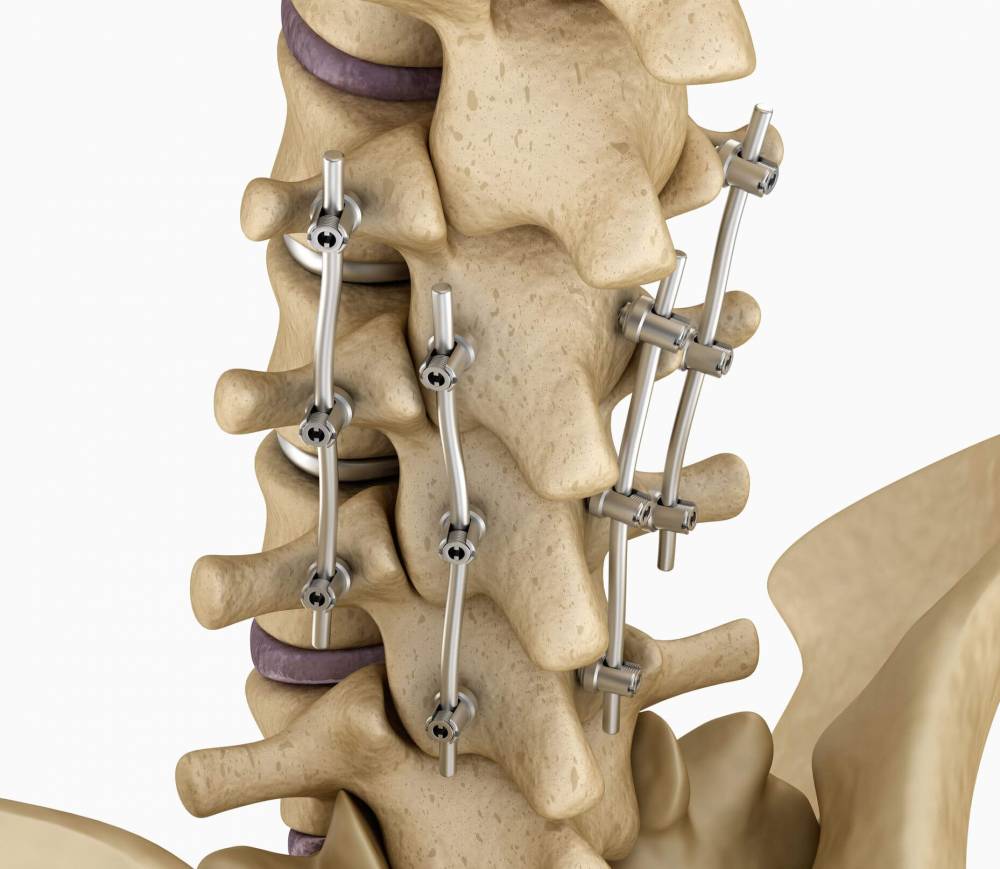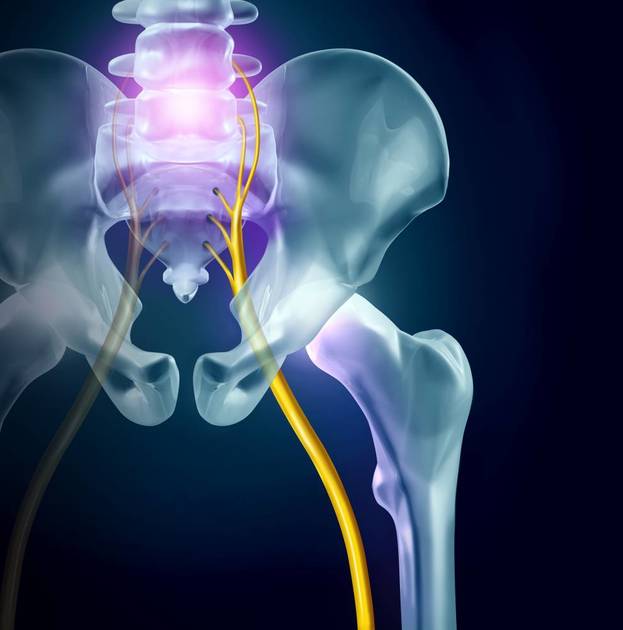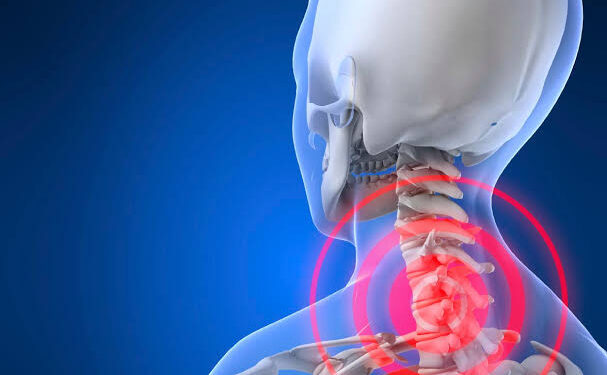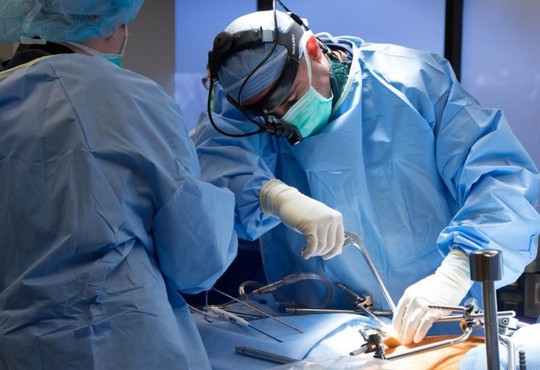Bone Marrow Transplant
Bone Marrow Transplant, Prepare for a Life of Freedom and Complete Comfort with the Help of Dr. Amr Amal, a Leading Expert in Bone Marrow Transplant Procedures. In this article, we provide you with comprehensive medical information about the bone marrow transplant process, including pre- and post-procedure medical measures.
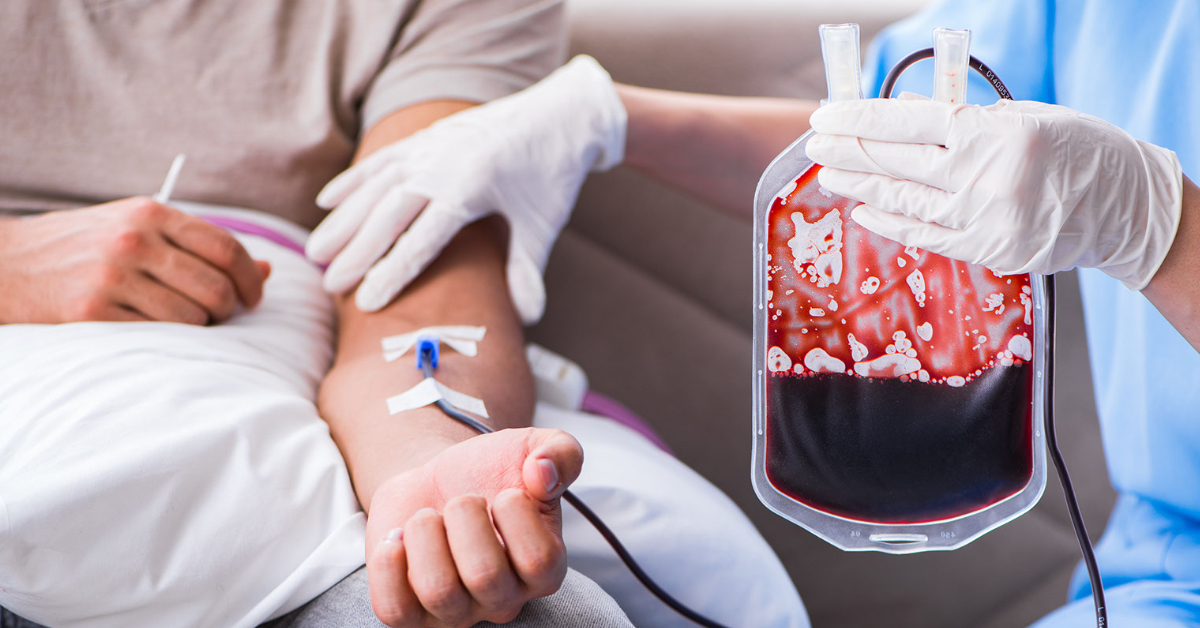
Bone Marrow Transplant
The term “surgical procedure” does not literally apply to a bone marrow transplant, as it is a medical procedure similar to blood donation. It involves introducing the correct stem cells (bone marrow) into the body so that it can better produce blood and enhance the patient’s immunity over time. We offer you a comprehensive solution for marrow diseases through advanced bone marrow transplant procedures and a specialized medical team at Dr. Amr Amal’s clinics.
What is a Bone Marrow Transplant? A bone marrow transplant requires several sessions to improve the patient’s condition, achieve recovery, introduce new and correct stem cells into the body, and enhance the patient’s immunity. During the recovery period, the cells integrate with the body and begin to function normally over time.
The following can be achieved through bone marrow transplant procedures:
- Replacing unhealthy bone marrow that has ceased to function with healthy marrow.
- Reconstructing a new immune system to fight existing or residual leukemia, or other types of cancer that do not respond to chemotherapy or radiation therapy prior to transplantation.
- Replacing bone marrow and restoring its normal function after receiving high doses of chemotherapy or radiation therapy to treat malignant diseases such as lymphoblastic leukemia.
- Replacing bone marrow with genetically healthy marrow to prevent further damage from certain hereditary diseases such as Hurler syndrome and adrenoleukodystrophy.
Bone Marrow Transplant
“Discover the latest techniques in bone marrow transplantation and benefit from Dr. Amr Amal’s global expertise in this field.”
A bone marrow transplant is a medical procedure that helps treat various diseases including cancer-related diseases, blood diseases, and immune system diseases. This procedure is carried out using stem cells that help in blood formation, enabling the body to better fight disease.
When Does a Patient Need a Bone Marrow Transplant?
A bone marrow transplant is considered a safe treatment method that helps improve the patient’s condition. It is an effective alternative to chemotherapy and radiation therapy. Additionally, a bone marrow transplant is considered when there is a need to increase and improve the stem cells in the body.
There are different types of bone marrow transplants, which vary depending on the donor, whether it’s the patient themselves or a relative. This depends on the patient’s condition and whether their stem cells are eligible to be refined and reintroduced into the body.
Reasons for a Bone Marrow Transplant
There are several reasons that may increase the chances of resorting to a bone marrow transplant, including:
- Suffering from blood diseases such as acute leukemia or hemoglobinopathy.
- Having an immunodeficiency.
- Experiencing disorders in plasma cells and metabolic congenital defects.
- Suffering from sickle cell anemia, brain tumors, liver and kidney tumors.
- Providing safe treatment with high doses of chemotherapy or radiation by replacing or rescuing the damaged bone marrow due to treatment.
- Replacing malfunctioning bone marrow with new stem cells.
- Providing new stem cells that may help directly kill cancer cells.
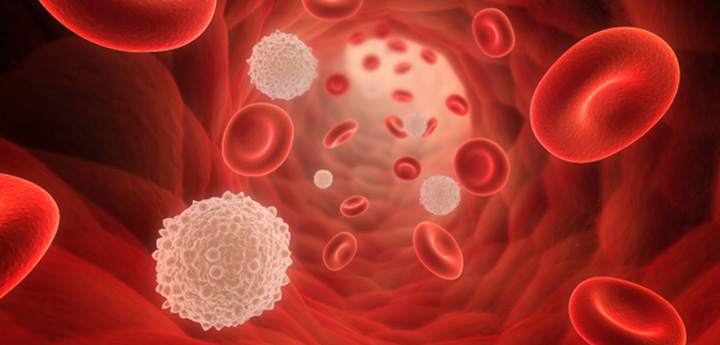
Pre-Bone Marrow Transplantation
Bone marrow transplantation is a type of treatment used for specific diseases, including leukemia, which can lead to an improvement in the patient’s health condition over time. However, before proceeding with a bone marrow transplant, there are necessary preparatory steps, which include:
- Conducting the appropriate tests to understand the patient’s condition.
- Performing a blood test to determine tissue compatibility between the patient and the donor.
- The doctor commonly requests liver and kidney function tests.
- Checking for any infections in the body through urine culture.
- If the patient is undergoing an autologous bone marrow transplant, they are injected with specific types of chemotherapy prior to the procedure to eliminate any unhealthy stem cells.
How Bone Marrow Transplantation is Done
Bone marrow transplantation involves several stages in which the patient is injected with bone marrow stem cells. This medical procedure requires time to be completed correctly, and the steps are as follows:
- The procedure is performed through an intravenous injection of stem cells, either harvested and purified from the patient or taken from another donor.
- The marrow is implanted in the body using a special needle designed for this procedure, typically inserted into the bone marrow.
- The transplantation process takes about 15 minutes, during which the patient lies in bed in the hospital under medical supervision.
- The patient usually does not require anesthesia during the bone marrow transplant as the injection does not cause pain, but vital signs need to be monitored closely.
- This type of procedure requires a longer time to complete, and the patient typically needs about 3 months or more to finish the injections.
Bone Marrow Transplantation for Children
Bone marrow transplantation may be necessary for individuals of different ages, both children and adults, as it is a procedure used to treat various diseases, including immune deficiencies, hemoglobin disorders, certain types of tumors, and others.
Children undergo bone marrow transplantation through a series of sessions in the hospital, during which healthy stem cells are injected. The number of sessions and the post-operative follow-up period, which can range from 6 months to a year, depend on the child’s health condition and disease. This follow-up ensures the body’s acceptance of the new cells and monitors for any complications.
Other types of bone marrow transplantation include:
- Autologous Bone Marrow Transplantation: The patient’s own stem cells are harvested, preserved by freezing, and stored for later use. After intensive treatment, the stem cells are thawed and returned to the patient. This process is often referred to as autologous bone marrow rescue.
- Allogeneic Bone Marrow Transplantation from Unrelated Donors: The bone marrow or stem cells, genetically matched, are taken from an unrelated donor.
- Umbilical Cord Blood Transplantation: Stem cells are obtained from the umbilical cord or placenta immediately after the birth of a baby. The stem cells are tested, typed, counted, and then frozen until they are needed for a transplant.
Post Bone Marrow Transplant
After undergoing a bone marrow transplant, the patient certainly needs regular follow-up. Some signs may appear post-surgery, hence the patient remains under observation in the hospital for a period. The patient may experience a number of symptoms as a result of the chemotherapy that follows the surgery, leading to various complications including nausea and loss of appetite.
Before and during the procedure, medications are given to the patient to reduce the immune system’s attack on the new stem cells entering the body until the procedure is completed and to minimize its side effects. After the bone marrow transplant, the patient still needs pain relief, especially if experiencing a slight fever or shortness of breath.
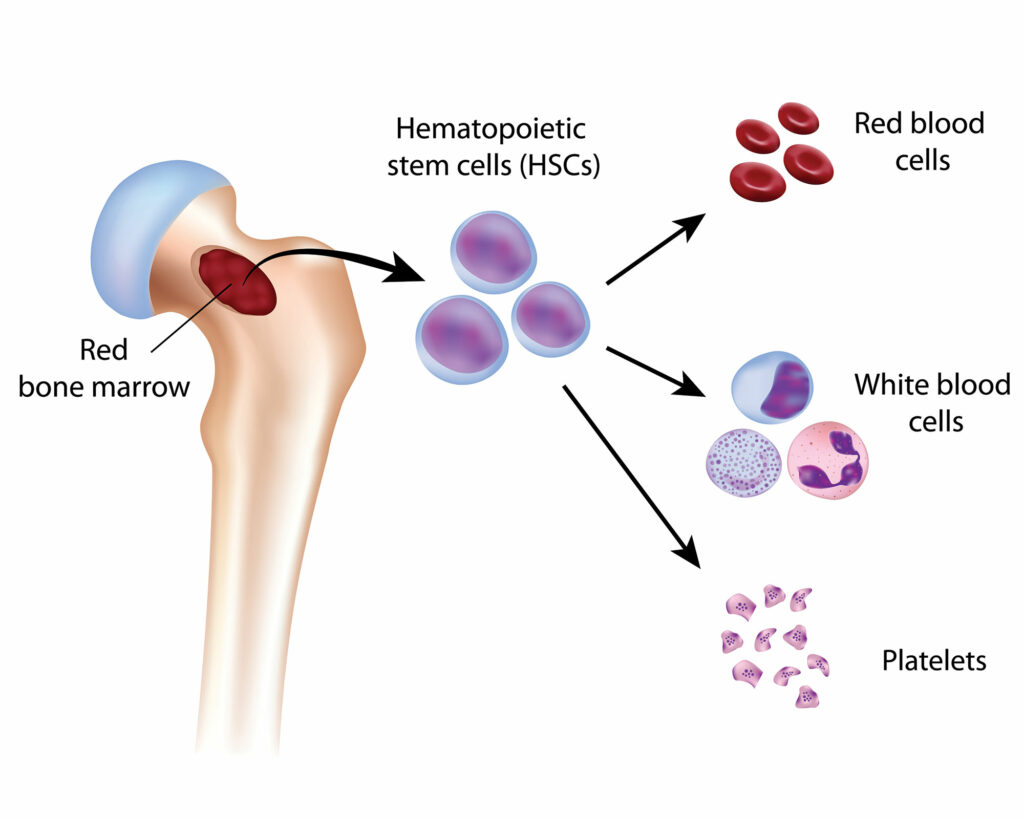
What is the Success Rate of Bone Marrow Transplantation?
The success rate of bone marrow transplantation ranges between 70% to 75%, depending on the age of the patient. The rate may be slightly lower if the patient is over 60 years old. However, scientific advancements in the field of bone marrow transplantation are working to improve these rates and the patient’s recovery level after the procedure.
The success rate of autologous bone marrow transplantation is high. After the surgery and undergoing certain examinations, the patient’s health condition can be improved better than before. The success rate of the procedure can be enhanced through the analyses and examination of the patient to ensure the surgery is conducted accurately.
Success Rate of Bone Marrow Transplantation for Children
The success rate of bone marrow transplantation for children is generally better than for adults because the body responds faster to the injection of stem cells, enabling it to overcome the disease in a shorter time, resulting in better outcomes. The success rate of bone marrow transplantation for children reaches up to 90%, which is a good rate considering the risks of the procedure.
Is Bone Marrow Transplantation Dangerous?
The danger of a bone marrow transplant lies in the side effects that the patient may experience post-transplant, as well as the possibility of surgery failure and the patient not reaching a state of recovery because the body rejected the new cells, considering them foreign and attacking them, which affects the patient.
The danger of a bone marrow transplant for the donor lies in some complications that may occur after donation, but these typically subside over time and do not cause any negative long-term effects on the donor. Some symptoms may appear on the patient, including bone pain, headache, nausea, and vomiting, but these symptoms quickly subside.
The danger of a bone marrow transplant for the patient may appear post-surgery through certain side effects that the patient may experience over time. However, this is not necessarily the case for all patients. Some of the complications that the patient may face after a bone marrow transplant include:
- Inflammation in the mouth.
- General fatigue in the body.
- Paleness of the face.
- Infection resulting from injections.
- Muscle cramps in the legs.
- Numbness in the arms.
How long does a bone marrow transplant take?
“Regain hope and independent living with the leading and advanced bone marrow transplant procedure at Dr. Amr Amal’s clinics.”
Bone marrow transplantation is a procedure performed in a sterile room at the hospital, with all isolation procedures in place to prevent the patient from being exposed to any other diseases, as their immunity is suppressed before the bone marrow transplant as one of the pre-operative procedures. The bone marrow transplantation session takes from 15 to 30 minutes to complete.
When does immunity increase after a bone marrow transplant?
The patient needs some time to improve their health and begin recovery. After the surgery, the body is more capable of producing blood cells, whether red or white, and plasma as well. The patient may need from two weeks to a month for the immunity to increase again in the body. If you would like to access more information related to immunity after a bone marrow transplant, we present this article to you.
What are the post-bone marrow transplant complications?
Complications are possible after a bone marrow transplant procedure, so staying away from sources of infection and ensuring that you are in an isolated place are some of the procedures that must be followed after the operation. However, complications can increase in severity in some cases and may manifest as follows:
Feeling dizzy. The presence of inflammation in the body. Feeling muscle cramps in the legs. Numbness around the mouth. Low platelet count. How much does a bone marrow transplant cost in Egypt?
The cost of a bone marrow transplant can be determined by consulting the medical team accompanying the doctor, and Dr. Amr Amal offers you comfort and confidence in your treatment. With his extensive experience in bone marrow transplants, we promise to return your life back to normal.
The best doctor for a bone marrow transplant
If you want to undergo a bone marrow transplant, we recommend one of the best orthopedic doctors in Egypt, Dr. Amr Amal, a consultant in orthopedic and joint surgery at Ain Shams University. Dr. Amr is distinguished by his skill, efficiency, and many years of experience in performing bone marrow transplants, characterized by a high success rate. He enjoys a wide reputation among many patients due to his good manner, excellent dealings with his patients, patience, listening to their complaints, and his constant keenness to choose the best treatment method that suits them, relying on choosing the best techniques and modern methods in treatment.
Is there any harm to the bone marrow donor?
Generally, the donor may experience some minor complications after donating bone marrow to another person. Side effects that the donor may experience include feeling dizzy, a tingling sensation around the mouth, and muscle spasms in the hands. However, these effects disappear completely within a few days without the need for medical follow-up afterward.
Does the patient recover after a bone marrow transplant?
In most cases, the patient fully recovers from the disease they were suffering from before. The success rate of bone marrow transplants for adults is about 70%, and it increases with complete adherence to procedures before and after the transplant. If you want to learn more about bone marrow transplant and the possibility of patient recovery after the procedure, we recommend reading the following article.
What is the difference between bone marrow and stem cell transplantation?
Bone marrow transplantation is a medical procedure that involves supplying the body with healthy stem cells through injection to increase the blood cells in the body, improving the patient’s health. Bone marrow transplantation may also be referred to as stem cell transplantation, which the body needs to properly and quickly form blood cells.

